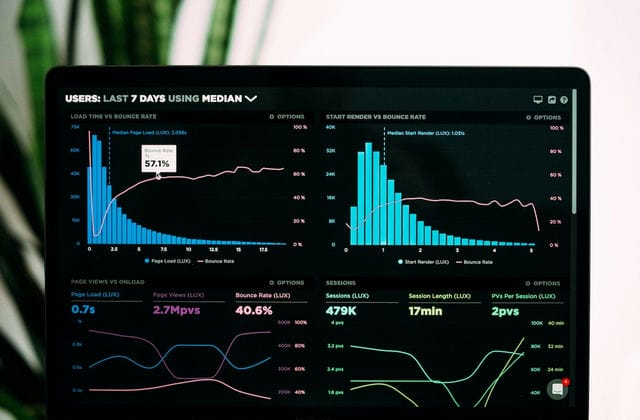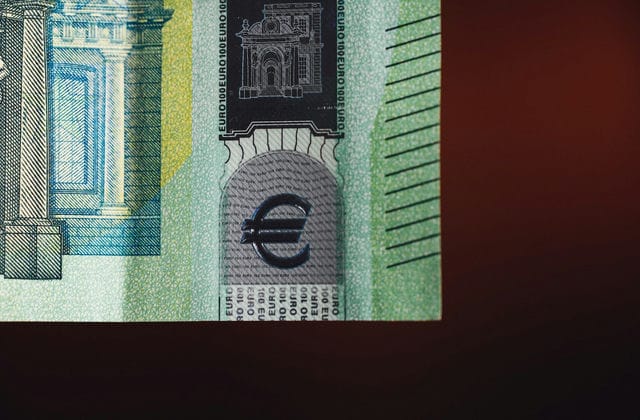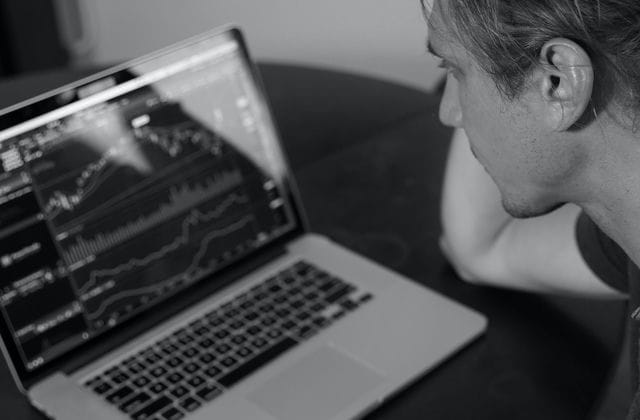1, The subject matter is different, the subject matter of financial options and financial futures are not the same. Generally speaking, all financial commodities that can be traded in futures can be traded in options. However, the financial commodities that can be traded as options may not be traded as futures. In practice, only financial futures options, but not financial options futures, that is, only financial futures contracts as the underlying financial options trading, but not financial options contracts as the underlying financial futures trading. Generally speaking, there are more underlying financial options than underlying financial futures. With the increasing development of financial options, there is a growing trend of its underlying objects, and many things that cannot be traded in financial futures can be used as the underlying objects of financial options, and even the financial option contracts themselves have become the underlying objects of financial options, that is, the so-called compound options.

2, The symmetry of investors' rights and obligations is different. The rights and obligations of the two parties in financial futures transactions are symmetrical, i.e. for any party, they have both the right to request the other party to perform and the obligation to perform for the other party. In contrast, there is an obvious asymmetry between the rights and obligations of the two parties to a financial options transaction, where the buyer of an option has only rights but no obligations, while the seller of an option has only obligations but no rights.
3, The performance guarantee is different. Both parties to a financial futures transaction are required to open a margin account and pay a performance bond in accordance with the regulations. In financial options trading, only the seller of the option, especially the seller of the unsecured option, is required to open a margin account and pay the required margin in order to guarantee its performance obligations. As for the option purchaser, since the option contract does not stipulate his obligations, he is not required to open a margin account and is not required to pay any margin.
4, The cash flow is different. The two parties to a financial futures transaction do not have a cash receipt and payment relationship at the time of the transaction, but after the transaction, due to the implementation of a day-by-day financial options transaction settlement system, the two parties to the transaction will have a cash flow due to price changes, i.e., the margin account balance of the profitable party will increase, while the margin account balance of the losing party will decrease. When the margin account balance of the losing party falls below the required maintenance margin, he must make a timely margin call as required. Therefore, both parties to a financial futures transaction must maintain a certain amount of liquid assets for contingency purposes. In contrast, in financial options trading, at the time of transaction, the option purchaser must pay a certain option fee to the option seller in order to obtain the rights granted by the option contract; however, after the transaction, except for the performance due, the two sides of the transaction gram do not occur any cash flow.

5, The characteristics of profit and loss are different. Both parties to a financial futures transaction have no right to default or to request early or delayed delivery, but can only hedge or make physical delivery at any time before expiry through reverse trading. Before hedging or delivery at maturity, price movements will inevitably result in one party making a profit and the other a loss, the extent of which will be determined by the extent of the price movement. Therefore, in theory, the potential profit and loss for both parties in a financial futures transaction is unlimited. Conversely, in financial options trading, because of the asymmetry in the rights and obligations of the option buyer and seller, their profits and losses in the transaction are also asymmetric. Theoretically, the potential loss of the option buyer in the transaction is limited to the premium paid, while the potential profit is unlimited; conversely, the profit of the option seller in the transaction is limited to the premium received, while the potential loss is unlimited. Of course, in the reality of options trading, the seller of the option may not always be at a disadvantage as the option contract is in fact rarely executed.
6, The role and effect of hedging are different. Financial options and financial futures are both commonly used as hedging tools, but their role and effect are different.




























